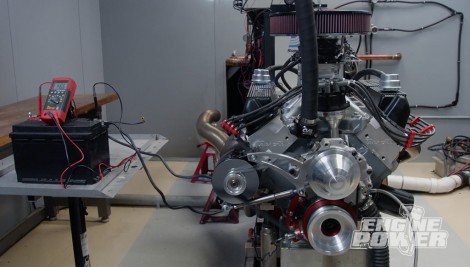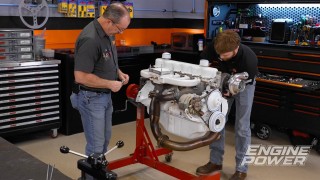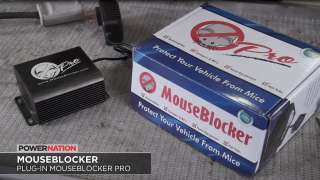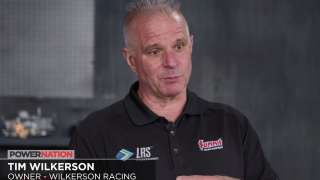
Testing 4 Common Engine Building Myths: Which Ones Are True?
Want to build your best powerplant? It starts with understanding the fundamentals of engine building: valve lash, header sizing, and more!
Season 8
Episode 6
Hosts: Pat Topolinski, Frankie Forman
First Air Date: February 18, 2021
Duration: 21 minutes 35 seconds











































